HREFLANG Tag: What It Is and How to Use It
Introduction
In today’s globalized world, having a website that caters to an international audience is crucial for businesses looking to expand their reach. However, language barriers can often hinder the effectiveness of a website when targeting different regions. This is where the HREFLANG tag comes into play. In this article, we will explore the HREFLANG tag and how to use it effectively and discuss the best practices for implementing it on your website.
Understanding the HREFLANG Tag
The HREFLANG tag is an HTML attribute that allows website owners to specify their content’s language and regional targeting. It helps search engines understand which version of a webpage to display to users based on their language and location preferences. Using the HREFLANG tag ensures that your website’s content is served to the right audience, resulting in higher user engagement and improved SEO performance.
Best Practices for Using the HREFLANG Tag
1. Implement the HREFLANG tag on all relevant pages
It is essential to include the HREFLANG tag on all versions of your website, especially if you have multiple language or regional variations. This ensures that search engines can accurately understand and index your content for the appropriate audience.
2. Use ISO language and country codes:
When specifying language and regional variations, it is crucial to use the correct ISO language and country codes. This helps search engines identify the target audience accurately. For example, using “en-us” for English content targeting the United States or “es-mx” for Spanish content targeting Mexico.
3. Place the HREFLANG tag in the head section of your HTML:
To ensure search engines can quickly identify the HREFLANG tag, it is recommended to place it in the head section of your HTML code. This allows search engines to associate the tag with the corresponding webpage swiftly.
4. Implement bi-directional annotations:
It is important to implement if your website has pages that target multiple languages or regions. If you have an English page targeting Spanish-speaking users, you should also have a corresponding Spanish page targeting English-speaking users. This helps search engines understand the relationship between the different language variations of your content.
5. Use hreflang="x-default" for default pages:
If you have a default page that targets users who don’t speak any specific language or region, it is recommended to use hreflang=”x-default” in the HREFLANG tag. This signals search engines that the page is intended for all users and helps prevent confusion or indexing issues.
In conclusion, implementing the HREFLANG tag on your website is crucial for effective language and regional targeting. By following the best practices mentioned above, you can ensure that your content reaches the right audience, resulting in improved user experience and higher search engine rankings. Don’t miss out on the opportunity to expand your business globally. Start using the HREFLANG tag today and reap the benefits of a truly international website..
If you are already learning everything about SEO basics, we invite you to check out the best techniques for keyword research and the best way to conduct an SEO audit.
Remember, success lies in attention to detail, and the HREFLANG tag is one such detail that can make a significant difference in your website’s performance. So, take the necessary steps to implement it correctly and watch your website flourish in the global market.
